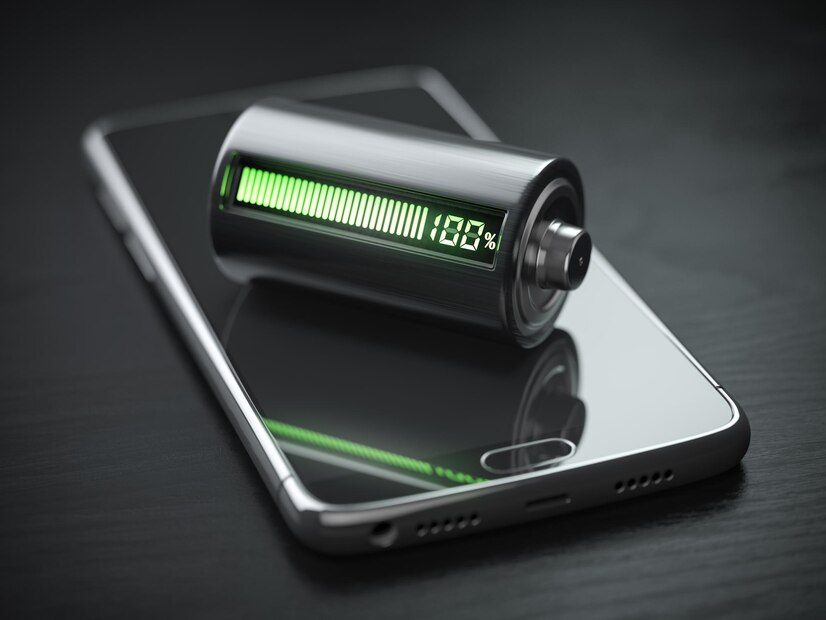In an era where our lives revolve around smart devices, the battery life of our gadgets has become a critical concern. Whether it’s our smartphones, laptops, or tablets, the fear of running out of battery power looms large, especially when we’re on the move. Thankfully, most modern devices come equipped with a feature known as “Battery Saver Mode,” designed to extend battery life by optimizing various settings and functionalities. In this comprehensive guide, we delve deep into the workings of Battery Saver Mode, exploring its effectiveness, benefits, and limitations.
Understanding Battery Saver Mode
What is Battery Saver Mode?
Battery Saver Mode, also known as Power Saving Mode or Low Power Mode, is a feature found in most smartphones, laptops, tablets, and other electronic devices. When activated, this mode alters the device’s settings to reduce power consumption, thereby prolonging the time between charges.
How Does it Work?
Battery Saver Mode employs several strategies to conserve battery life:
Screen Brightness: One of the most significant drains on battery life is the screen brightness. Battery Saver Mode typically reduces screen brightness to a lower, more energy-efficient level.
Processor Limitation: It may throttle the device’s CPU performance, limiting background processes and app activity to conserve power.
Networking: Battery Saver Mode often disables non-essential wireless connections such as Wi-Fi, Bluetooth, and GPS, which can drain the battery when not in use.
Notifications: It may suppress non-critical notifications or reduce their frequency to minimize interruptions and save power.
Background Activity: Background apps and processes that consume power are either restricted or suspended to prioritize battery life.
Activating Battery Saver Mode
Smartphones
On most smartphones, Battery Saver Mode can be activated manually or automatically:
Manual Activation: Users can manually enable Battery Saver Mode through the device’s settings menu. This gives them control over when to conserve battery power based on their usage patterns.
Automatic Activation: Some smartphones offer the option to enable Battery Saver Mode automatically when the battery reaches a certain threshold, such as 20% or 15%. This ensures that power-saving measures are activated before the battery level becomes critically low.
Laptops and Tablets
Battery Saver Mode on laptops and tablets is often integrated into the operating system, such as Windows or macOS. Users can usually access power-saving settings through the system preferences or control panel:
Windows: In Windows laptops, users can access Power Options in the Control Panel or Settings app to customize power plans, including Power Saver mode.
macOS: Mac users can adjust power-saving settings by navigating to Energy Saver preferences in the System Preferences menu.
Benefits of Battery Saver Mode
Extended Battery Life: The primary benefit of Battery Saver Mode is the extension of battery life. By optimizing settings and reducing power consumption, users can squeeze out additional hours of usage from their devices.
Emergency Reserve: Battery Saver Mode can serve as an emergency reserve, especially when users are unable to charge their devices immediately. Activating this mode can buy precious time until a charging source becomes available.
Improved Efficiency: By reducing background processes and limiting performance, Battery Savers Mode encourages users to focus on essential tasks, promoting efficiency and productivity.
Environmental Impact: Prolonging battery life through power-saving measures contributes to environmental sustainability by reducing the need for frequent charging and extending the lifespan of electronic devices.
Cost Savings: With longer battery life and reduced energy consumption, users may save money on electricity bills and replacement batteries over time.
Limitations and Considerations
While Battery Saver Mode offers significant advantages, it’s essential to be aware of its limitations:
Performance Trade-off: Limiting CPU performance and background processes may result in slower device performance and responsiveness, particularly when running resource-intensive applications.
Functionality Restrictions: Disabling certain features such as location services, background app refresh, and push notifications may impact the user experience, especially for those who rely heavily on these functionalities.
Customization Complexity: Configuring and customizing Battery Saver Mode settings to strike the right balance between battery life and functionality can be daunting for some users, leading to suboptimal outcomes.
App Compatibility: Some apps may not function correctly or may experience reduced functionality when Battery Saver Mode is active, leading to potential compatibility issues.
User Awareness: Users may forget to activate Battery Savers Mode or may not be aware of its existence, missing out on opportunities to conserve battery life when needed.
Best Practices for Maximizing Battery Life
To make the most of Battery Saver Mode and optimize battery life, consider the following tips:
Activate Battery Saver Mode Proactively: Enable Battery Savers Mode when you anticipate extended periods without access to charging outlets, such as during travel or outdoor activities.
Customize Settings: Take advantage of customization options to tailor Battery Savers Mode settings to your specific needs and usage patterns. Adjust screen brightness, background activity restrictions, and notification preferences accordingly.
Monitor Battery Usage: Keep an eye on your device’s battery usage statistics to identify power-hungry apps or processes that may be draining battery life unnecessarily. Close or uninstall these apps to conserve power.
Update Software Regularly: Ensure that your device’s operating system and apps are up-to-date, as software updates often include performance optimizations and battery-saving enhancements.
Use Battery-Saving Accessories: Consider investing in accessories such as portable power banks or battery cases to provide additional power when needed, especially during long trips or emergencies.
Conclusion
In a world where our reliance on electronic devices continues to grow, maximizing battery life has become a priority for users everywhere. Battery Savers Mode stands as a valuable tool in this endeavor, offering a range of features and optimizations to extend battery longevity and enhance user experience. By understanding how Battery Savers Mode works, harnessing its benefits, and adopting best practices for battery management, users can ensure that their devices remain powered up and ready to go whenever and wherever they’re needed.







